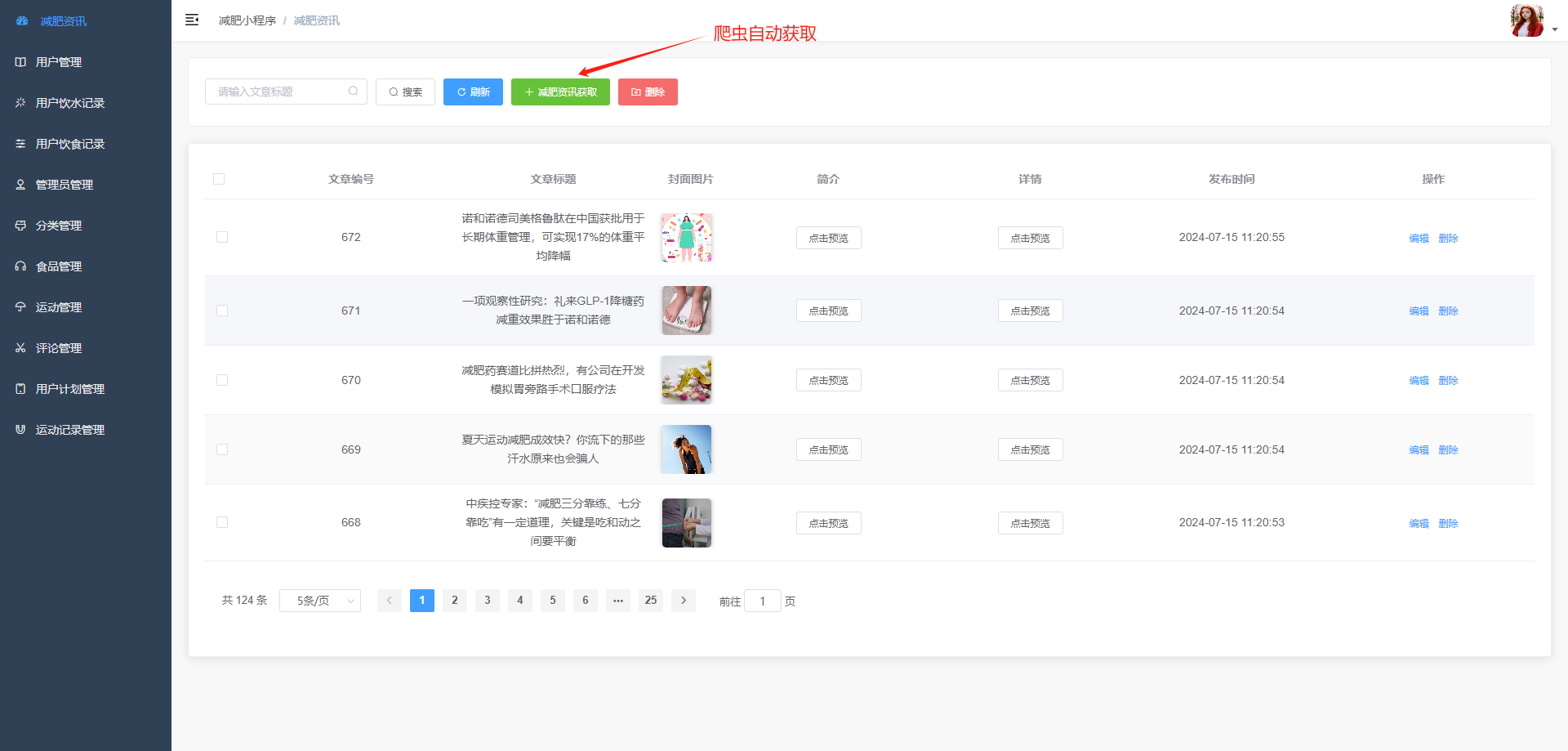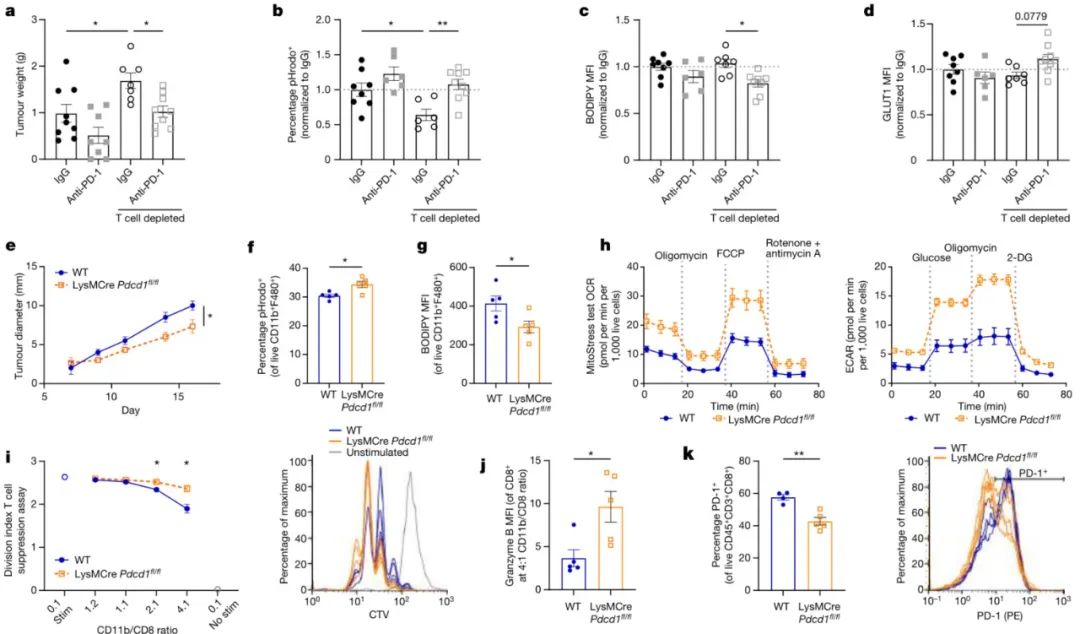欢迎关注个人主页:逸狼
创造不易,可以点点赞吗~
如有错误,欢迎指出~
目录
用队列实现栈
用栈实现队列
用队列实现栈
oj链接
一个队列是无法实现栈的
入栈push:把数据放到不为空的队列当中。
注意:第一次入栈时,两个队列都为空,规定放到第一个队列中。
出栈pop:把一个队列的n-1个元素放到另一个队列中,此时第一个队列中的元素就是要出栈的元素
判空empty:两个队列同时为空时为空。
获取栈顶元素top:与出栈类似,将队列中n个元素放到另一个中,并且用ret接收每一个元素的值(会覆盖前一个值),直到队列为空时,最后一个ret的值为栈顶元素。
top示意图:

import java.util.LinkedList;
import java.util.Queue;
class MyStackUsQueue {
public Queue<Integer> queue1;
public Queue<Integer> queue2;
public MyStackUsQueue() {
queue1=new LinkedList<>();
queue2=new LinkedList<>();
}
//入栈
public void push(int x) {
if (empty()){
queue1.offer(x);
return;
}
if (!queue1.isEmpty()){
queue1.offer(x);
}else{
queue2.offer(x);
}
}
//出栈
public int pop() {
if (empty()) {
return -1;
}
if(!queue1.isEmpty()){
int size=queue1.size();
for (int i = 0; i < size-1; i++) {
queue2.offer(queue1.poll());//出了n-1个元素
}
return queue1.poll();
}else{
int size = queue2.size();
for (int i = 0; i < size - 1; i++) {
queue1.offer(queue2.poll());//出了n-1个元素
}
return queue2.poll();
}
}
//获取栈顶元素
public int top() {
if (empty()) {
return -1;
}
if(!queue1.isEmpty()){
int size=queue1.size();
int ret=-1;//
for (int i = 0; i < size; i++) {
ret=queue1.poll();//每出一个元素,都存一份
queue2.offer(ret);//出了n个元素
}
return ret;
}else{
int size = queue2.size();
int ret=-1;
for (int i = 0; i < size ; i++) {
ret=queue2.poll();
queue1.offer(ret);
}
return ret;
}
}
//判空
public boolean empty() {
return queue1.isEmpty() && queue2.isEmpty();
}
}
/**
* Your MyStack object will be instantiated and called as such:
* MyStack obj = new MyStack();
* obj.push(x);
* int param_2 = obj.pop();
* int param_3 = obj.top();
* boolean param_4 = obj.empty();
*/用栈实现队列
oj链接


入队列:直接放到s1栈中。
出队列:
- 入栈,放到s1栈中
- 出栈,把s1中所有元素全部放入s2栈中,将s2的元素出栈
- 如果s2里面是空的,就要把s1中的元素放入s2。
import java.util.Stack;
class MyQueueUsStack {
public Stack<Integer> stack1;
public Stack<Integer> stack2;
public MyQueueUsStack() {
stack1=new Stack<>();
stack2=new Stack<>();
}
public void push(int x) {
stack1.push(x);
}
public int pop() {
if (empty()){//队列为空
return -1;
}
//走到这里,说明s1中一定有元素
if(stack2.empty()){
while(!stack1.empty()){//将s1中的所有元素放入s2中
stack2.push(stack1.pop());
}
}
return stack2.pop();
}
public int peek() {
if (empty()){//队列为空
return -1;
}
//走到这里,说明s1中一定有元素
if(stack2.empty()){
while(!stack1.empty()){//将s1中的所有元素放入s2中
stack2.push(stack1.pop());
}
}
return stack2.peek();
}
public boolean empty() {
return stack1.empty()&&stack2.empty();
}
}




















